|
Katie Weeks
Audubon New Mexico This past year has given us new relationships with the spaces we live in, and a greater appreciation for the nearby nature of backyards and urban streets. Like so many of us, I have spent more time at home than ever before, finding new ways to entertain and occupy my brain while honoring the state’s Stay At Home orders. Rather than stopping off at water treatment plants after work, or travelling to new trails on the weekends, my birding habit has shifted considerably to the small half-mile radius around my home. In October, New Mexico made birding headlines (that’s a thing, I promise) with the arrival of a hyper-rare European Golden Plover. The small wading bird made national news as a state first, and only record west of Delaware. Scores of birders trekked out to rural Northern New Mexico and the Maxwell National Wildlife Refuge to stalk the muddy ponds in hopes of glimpsing this very lost bird. Under normal circumstances, I would have considered this a day trip and made the three hour drive for a once in a lifetime opportunity. But the unease of straying so far from home, as well as the intimidation at the logistics of toting a six week old newborn got the better of me. Instead, I packed my binoculars in the stroller and took (yet another) walk around the neighborhood. The continuing challenges of the pandemic mean big trips to view migration might not be in the cards right now, but it also gives us the opportunity to slow down and “get to know our neighbors” by developing deep knowledge of the more common birds seen on a daily basis.
0 Comments
An inquiring raven settles into a thermal overhead, circling, circling, circling closer to see what has settled into one of the metal folding chairs on Elk Ridge. From the western rim of the box canyon, an eastern sun continues to rise on this 25-degree winter day as it allows the raven to cast its shadow on the sandy precipice of the canyon’s northern rim. The raven glides effortlessly as its shadow dances, appearing and disappearing across the scratches of erosion on the barranca. These are the drainages, the paths of fallen rain, the funnels to the arroyo below. These are the evidence of the times before the rain evaporated prior to reaching the earth.
Traces of snow remain on north slopes or on the north side of rocks and trees. It slowly gives up its moisture not to the thirsty ground but to the kiln dry air. The evidence is the crystalline surface of the snow. It is evaporating. The raven, apparently satisfied, departs to the west perhaps on his way to work at the butcher’s field of carcasses and bones in El Rito. Breakfast this morning, and then possibly lunch at Bode’s dumpster farther west and north in Abiquiu. There’s plenty to see and plenty of thermals to ride along the way.  I awakened as I usually do in the pre–dawn hour, walked the dogs in the dark, made coffee, fed Lily b, and was standing at the window spritzing my Norfolk Island pine as the sky lightened just enough for me to see the first chickadee appear in the apple tree. No cardinals this morning. As is my habit I was staring out the window lost in an early morning reverie when I saw him. A black dot in the snow. It was very cold. I ran out the door in my nightgown, rounded the corner and discovered the dot was a half frozen chickadee. Dismay washed over me – my absolutely favorite little bird… At first I thought the bird was dead but when I scooped ‘him’ up he bit me hard with his little black beak! Back in the house I examined the bird under a good light and was distressed to see a damaged wing. While holding his fragile body securely to warm him and noting the wide black bib (indicating that he might be a male*) I put my little friend on the carpet opening my hand just enough to see what was wrong. Oh no, his wing was definitely broken, and there was no way I could set it myself. I grabbed the box I kept a ready for bird emergencies and placed the chickadee on a soft bed, closing the box over his head. After preparing him a chamber in a soft-sided bird carrier I opened the box even as he struggled to get free. Feisty. His tiny heart was beating too fast – too much trauma. Once inside the comforting dark mesh of the cage I contacted my vet – just in case. After a brief discussion we hoped that the chickadee would be able to heal the wing over time. Not the outcome I had hoped for, but I knew how fragile those tiny bones were… Juncos in Abiquiu ~ images courtesy of Milo Nikolic  Milo and Junco in Abiquiu Milo and Junco in Abiquiu Milo, the Bondy's grandson, is a budding biologist, or perhaps he will become an ecologist or a wildlife photographer. After his very astute grandparents gave the sixteen year old a camera, Milo began taking pictures of animals and birds all around Abiquiu, and I can attest to the sensitivity of his photography because I have seen it myself, thanks to Carol. I am always excited when I meet a young person (even virtually) who has been swept into the arms of nature on some level. These are the young people that give us hope. We have not left them with an earth legacy to be proud of, and yet, so many are reaching towards the future with an open heart. I celebrate these young people with every fiber of my naturalist’s being. Milo doesn’t know it yet but he has been given a gift that will help sustain him through, what I hope, will be a long and meaningful life. Nature has a way of supporting us when all else fails. His attraction to the natural world will also provide him with joy as well as turn him into an earth advocate, no doubt. In this picture Milo is holding one of my favorite birds – the junco. The original snowbird, according to John James Audubon (and most sources) because so many of these birds do migrate. The Slate colored junco breeds in forests from Alaska to Newfoundland, north through the boreal forest and south through the Appalachian Mountains to Georgia. The male has a gray head (sometimes closer to black, sometimes tinged brown), chest, back, and wings, and a bright white belly; a female is similar with a paler brown wash.  Just a couple of days ago I went into the forest to gather balsam to make my wreaths as I do every thanksgiving weekend –weather permitting. It was a beautiful mild, sunny morning as I cut the boughs giving thanks to the trees while breathing in the intoxicating scent of sweet balsam. Some years I also add fir boughs to my baskets for thicker wreaths. But because I have been in Abiquiu for the past four winters I have missed balsam too much to blend scents this year. While tipping, my mind wandered back to the Pedernal, the place I have gone to gather greens for wreaths while living in Abiquiu. The Pedernal is one of my favorite haunts. My dogs and I have spent so many hours exploring the mountain where the Navajo “Changing Woman” was born. I suppose it was natural that I would choose to gather my greens and pine cones from there… There are many evergreen trees to choose from but I learned that fir boughs made the best wreaths. For cones, I deliberately sought out the Ponderosa pines; these seeds littered the open forest floor. Every year some found home on wreaths or elsewhere around the casita. I was putting old chandelier crystals on my little Norfolk Island pine as I do every year around this time of year to honor all evergreens. It was almost November. I recalled a childhood experience… my little brother and I used to clink the beveled crystal pieces together in order to hear the music they produced when adults weren’t paying attention. Now each crystal shimmered like liquid rain caught by the late afternoon light. Suddenly a loud crash and thump interrupted my reverie. Oh no, a bird had hit the window – hard. I raced out the door. Yellow talons shuddered, but the hawk was dead when I reached it.
Hawk is considered to be a Messenger from the dead by some Indigenous peoples – and the tidings the bird brings may be positive or negative… Hawks speak to power and they are also predators. In my life, hawks appeared the day I buried my brother; I also found a dead one on the day my mother died. Context fleshes out the individual tale… I brought the sharp shinned hawk in the house to examine it in detail; later I buried it outside my window. Close up it was easy to identify this hawk. He had a small head, a squared tail, short wings, and spindly yellow talons. This one was quite large and brown with yellow eyes (adults have orange to red eyes) so I knew it was a young female; they are sometimes almost twice the size of males. Some are large enough to be confused with the Coopers hawk who look almost exactly like the Sharp shinned hawk except for size; the former has a larger head and a more rounded tail. The Sharp shinned hawk is the smallest of the three Accipiter hawks; the other two are the previously mentioned Cooper’s hawk and the large grey Goshawk. I have seen all of them in flight or perched on a fruit tree near the house; I have also seen them in Abiquiu during the winter. 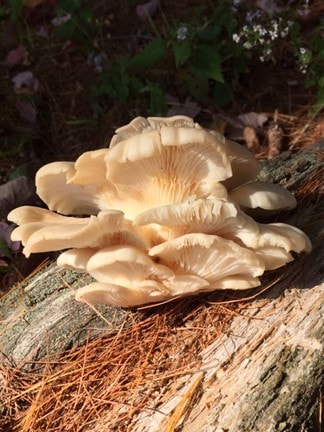 This year I have spent a lot of time in the woods to escape the parched earth and the relentless heat during the hottest summer I ever remember. In the woods it was still cool and moist, and although mushrooming was poor overall, I still found some of these fungal fruiting bodies growing in the usual places. Recently I was delighted to discover an oyster mushroom cluster growing on a dead poplar tree. I love these pearl white oysters because of their graceful clustering shapes, and of course, they are edible – especially tasty when young. They first begin appearing in June and can be found throughout the summer and sometimes, like this year, during the fall. How does drought affect the timing of emerging mushrooms, I wonder. Does the underlying mycelium take advantage of rains that come at unusual times and begin fruiting when conditions are right? We have two common species of oyster mushrooms that grow in our area –Pleurotus populinus grows only on poplar and aspen trees. It has a white spore print and an ivory colored fruiting body and P. ostreatus grows on hardwoods like sugar maples and beech. It has wheat or grayish caps, and a lavender spore print. This latter species is more common in the fall. This summer we planted my cedar garden in an area that is protected by wire and situated just below the cabin by the brook. My intention was to create a safe place for northern white cedar seedlings to thrive; they are slow growing second succession trees and hungry Whitetails (deer) feast on their tasty fronds during the winter. In this small area there are a number of dead trunks that are decomposing; two have been cut at ground level producing beautiful patterns. Moist rich fragrant woodland soil made planting each seedling easy.
Just to the right of the garden a thirty year old adult cedar (rough estimation) was spreading her shallow roots over this ground. Because mycorrhizal fungi live around the ‘mother’ tree I believed that these rootlets (hyphae) would seek out others, hopefully providing the little cedars with nutrients (I say she out of habit – some trees seem more female than others to me - and this was one of them- but each cedar has male and female parts). I have been watering my cedar garden every day since mid summer and I am pleased to note that none of the seedlings seem to have suffered transplanting stress. If all goes well, someday a small cedar grove may thrive here… A couple of weeks ago I had to cut down a sixty seven year old White pine near my house. And yesterday I found the most beautiful lichen that must have fallen from that tree, something called Fringed Wrinkle lichen, a lichen that thrives in the uppermost branches of Eastern white pine and Hemlock trees.
I am frankly fascinated by lichen. Because this summer has been so hot and dry I have spent more time in the woods than usual. Mushrooms have been scarce and I have been looking at various lichens marveling over their ability to deal with drought conditions. During dry spells lichen become dry and crispy but don’t expire. Lichens grow on rocks, trees, and in the soils in many different environments. Around the house I must have at least twenty different types of lichen, maybe more. I haven’t counted all of them. Lichen is composed of two organisms that arise in a symbiotic relationship. One is an alga or cyanobacteria and the other is a fungus. The algae live among the filaments of fungi. Evidently the fungus is the predominant partner because it determines the majority of the alga’s characteristics, from its curious shapes to its fruiting/spore producing bodies. Some lichens have more than one algal partner. |
Submit your ideas for local feature articles
Profiles Gardening Recipes Observations Birding Essays Hiking AuthorsYou! Archives
October 2025
Categories
All
|


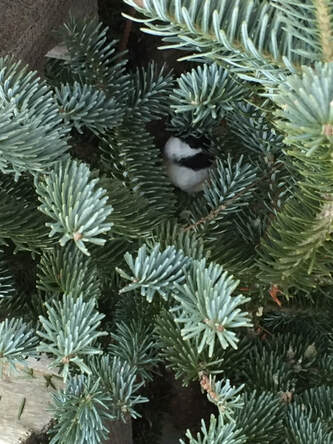
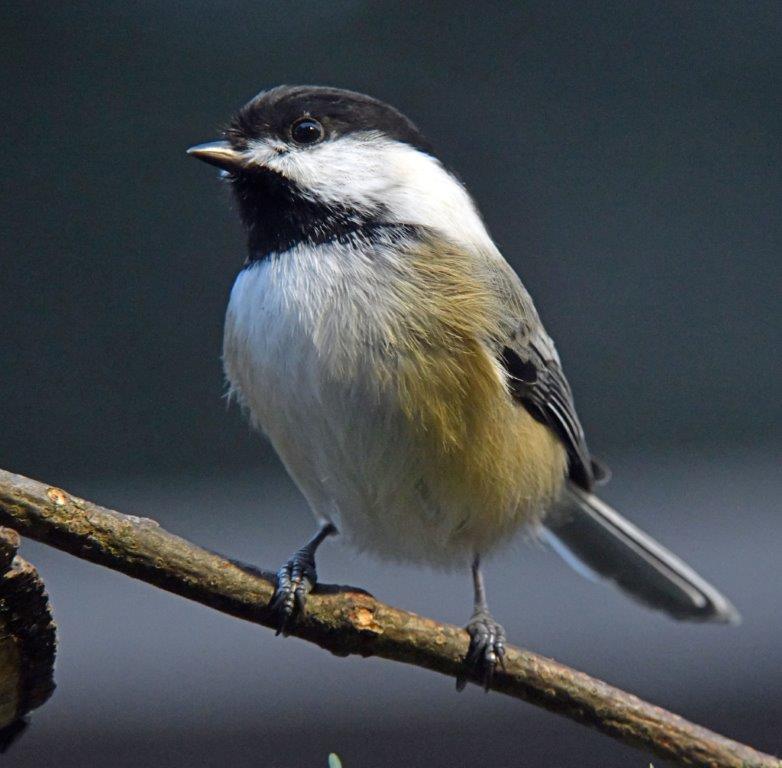
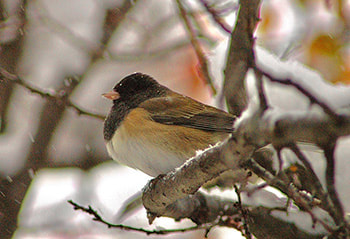
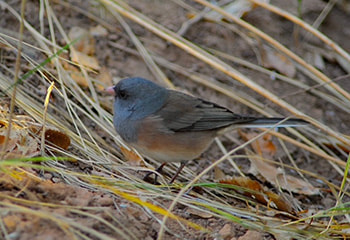

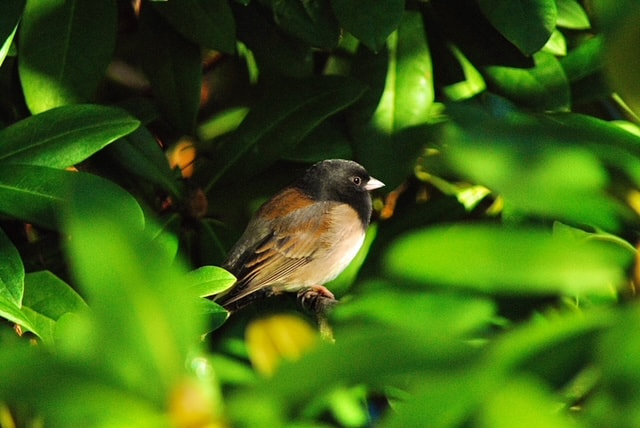


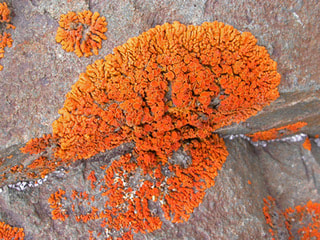
 RSS Feed
RSS Feed